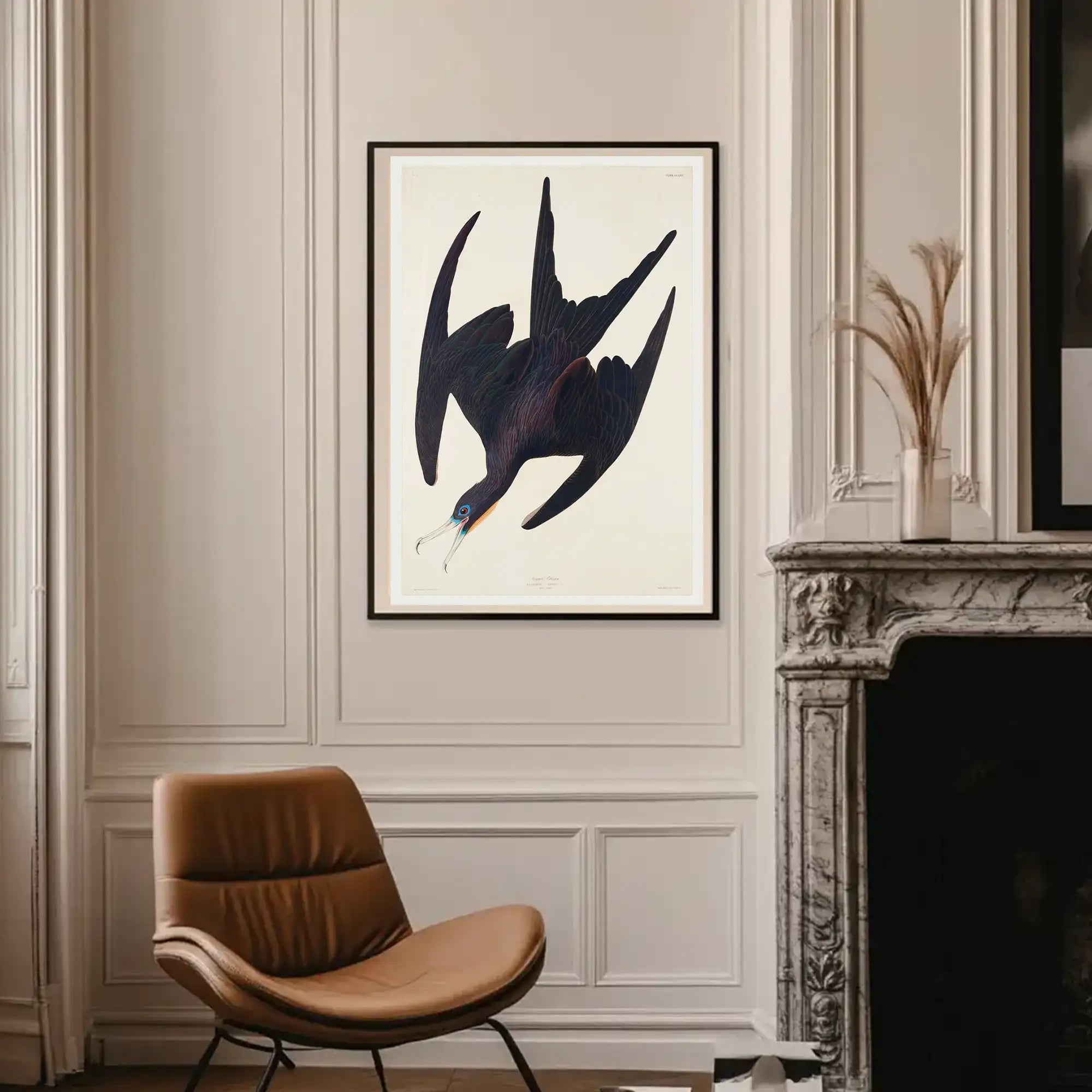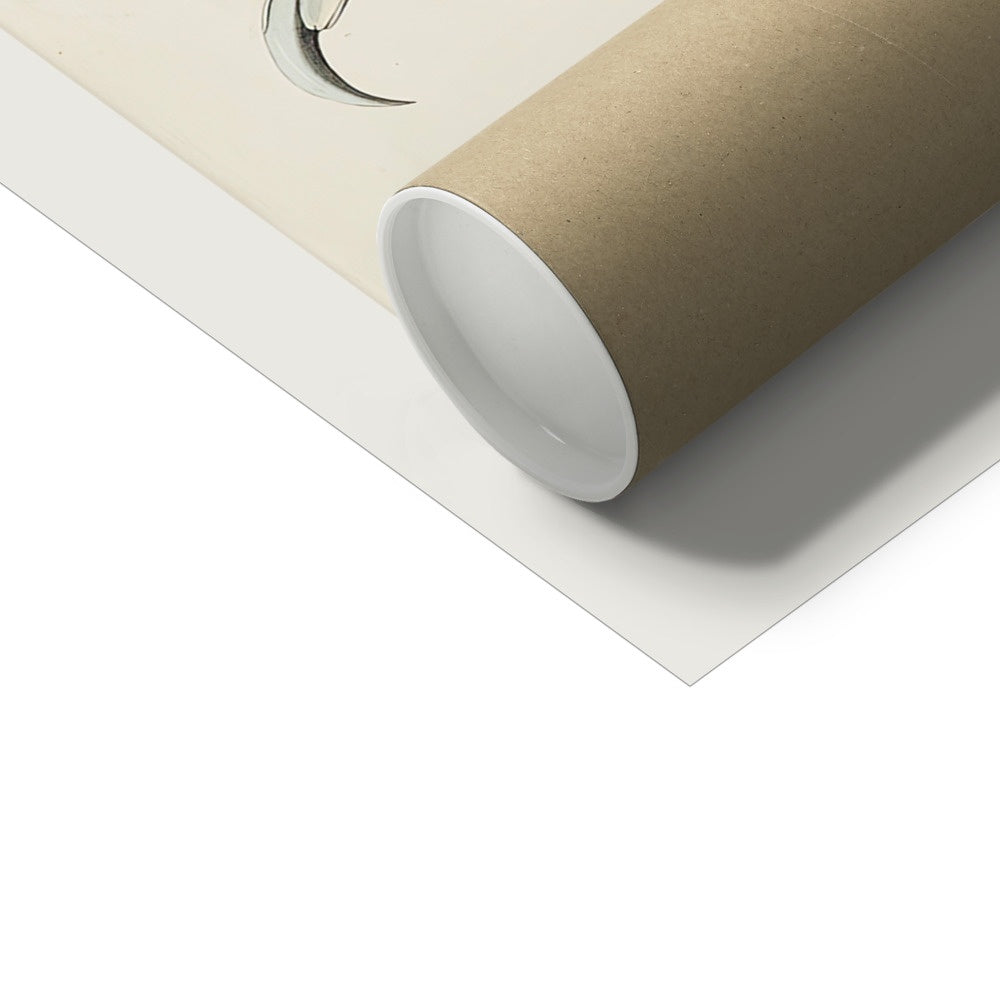Learn How to Paint a Room
Painting a room can be a rewarding project, and with the right approach, you can achieve a professional finish. This guide will walk you through everything you need to know before you start, from selecting the right paint to the step-by-step process of painting.
Topics Covered in this Guide
- Tools for Painting Walls
- Types of Wall Paint
- Paint Trends to Consider
- How to Paint a Room Step by Step
Tools Needed for Painting Walls
Before you begin, make sure you have all the essential tools to get the job done efficiently. Here’s a checklist of what you’ll need:
- Paintbrush
- Paint bucket
- Roller
- Roller tray
- Sandpaper
- Masking tape
- Goggles
- Dust sheets
Types of Wall Paint
Understanding the different types of paint can help you make the best choice for your space.
Matt Paint
Matt paint provides a smooth, velvety finish without any shine. It’s excellent for hiding imperfections on walls, making it ideal for areas with bumps or cracks. However, because it doesn’t reflect light, it can be challenging to clean, so it’s best used in low-traffic areas like ceilings or quieter spaces.
Eggshell Paint
With a finish that sits between matt and satin, eggshell paint has a slight sheen, similar to the surface of an egg. This subtle glow brings out the paint's colour and adds a soft touch to rooms like living areas or bedrooms. It's also more durable and easier to clean than matt paint.
Satin Paint
Satin paint offers a finish that falls between eggshell and gloss, providing a soft sheen that reflects more light than eggshell but is less shiny than gloss. This makes it a popular choice for areas that require a balance between durability and aesthetics, such as kitchens, bathrooms, and hallways. Satin paint is easier to clean than matt or eggshell finishes and stands up well to moisture, fingerprints, and scuffs.
Furniture Paint
Perfect for giving old furniture a new lease of life, furniture paint is designed for good coverage with just one coat. It’s water-based, so it has very little odour and can be applied over existing paint or varnish without the need for sanding or priming.
Spray Paint
For tricky surfaces and angles, spray paint is a convenient option. It’s useful for both interior and exterior projects, and its 360-degree nozzle allows for complete coverage, making it ideal for items like radiators or wicker furniture.
Paint Trends to Consider
When it comes to painting your room, staying on top of current trends can add a fresh, modern touch to your space. One of the most striking trends gaining popularity is colour drenching.
What is Colour Drenching?
Colour drenching is an all-encompassing painting technique where a single colour is used across multiple surfaces in a room, from walls to ceilings, woodwork, and even furniture. This creates a cohesive, immersive environment that’s both bold and harmonious. The idea is to saturate the space with colour, allowing the chosen hue to dominate and unify the room.
This trend works particularly well with rich, deep colours like forest greens, navy blues, or terracotta, but it can also be effective with lighter shades if you’re aiming for a softer, more tranquil vibe. The key to successful colour drenching is balance—while the room will be drenched in one colour, the use of varying textures and finishes (like matte on the walls and satin on the trim) can add depth and interest without overwhelming the space.
Other Popular Paint Trends

@migdal.studio
Earthy Neutrals: Shades inspired by nature, such as warm beiges, soft greys, and muted greens, are perfect for creating a calm and inviting atmosphere. These colours are versatile and timeless, making them an excellent choice for living rooms and bedrooms.

@olivergrahame
Bold Accent Walls or Furniture: Adding a pop of bold colour to one wall while keeping the others neutral can create a striking focal point. Popular choices for accent walls include deep jewel tones like emerald, sapphire, or ruby.

Monochromatic Schemes: Similar to colour drenching, monochromatic schemes use varying shades of a single colour throughout the room. This can create a sleek, cohesive look that feels both modern and sophisticated.

@gettingscituated
Two-Tone Walls: This trend involves painting the upper and lower halves of your walls in two different colours, often separated by a chair rail or a sharp line. It’s a great way to add contrast and visual interest without committing to a fully bold room.
Whether you’re looking to make a bold statement with colour drenching or prefer a more subtle approach with earthy neutrals, these trends offer plenty of inspiration for your next painting project. Experiment with different techniques and find the one that best suits your style and the atmosphere you want to create in your home.
How to Paint a Room Step-by-Step
Step 1: Calculate How Much Paint You Need
Start by figuring out the total area you need to paint. Measure the length of each wall and multiply by the room's height to get the square meterage. Don’t forget to subtract the areas covered by windows and doors. It's recommended to apply two coats for optimal coverage, so double your square meterage when calculating how much paint to buy. Typically, 1 litre of emulsion paint covers about 12 square metres, and paint usually comes in 2.5 or 5-litre tins.
Step 2: Prepare Your Room or Wall for Painting
Once you’ve chosen your paint and gathered your tools, it’s time to prepare the room:
- Remove as much furniture as possible and cover any remaining items, as well as the floor, with dust sheets.
- Take down curtains or blinds.
- Fill any cracks or holes in the walls with filler, allowing it to dry completely. Sand down any excess and clean the walls thoroughly with sugar soap to remove grease or grime.
- Use masking tape to protect skirting boards, window sills, and door frames.
- Apply a primer or undercoat to prepare the surface for painting. A primer is best for new surfaces or those exposed to harsh conditions, while an undercoat is suitable for previously painted areas.

@lespetitesadresses
Step 3: How to Paint Your Wall
Using a Brush
Start by cutting in around the edges of the room and any detailed areas like skirting boards or light switches. Pour some paint into a smaller container, and dip your brush about a third of the way in, avoiding excess paint that could drip. Use a step ladder for high areas, but don’t overextend yourself.

@gemmaberlyn
Using a Roller
For large, open sections of wall, a roller is the best tool. Pour your paint into a tray, dip the roller in, and roll it up and down to distribute the paint evenly. Use a ‘W’ motion to cover the wall, blending wet edges as you go to prevent ridges.
For tricky areas like behind radiators, use an extended roller with a narrow sleeve. When painting ceilings, attach a long handle extension to your roller.
Allow the paint to dry completely between coats. Once done, carefully remove the masking tape, take up the dust sheets, and return your furniture and decorations to the room. Finally, take a moment to admire your work—and don’t forget to clean your brushes!















